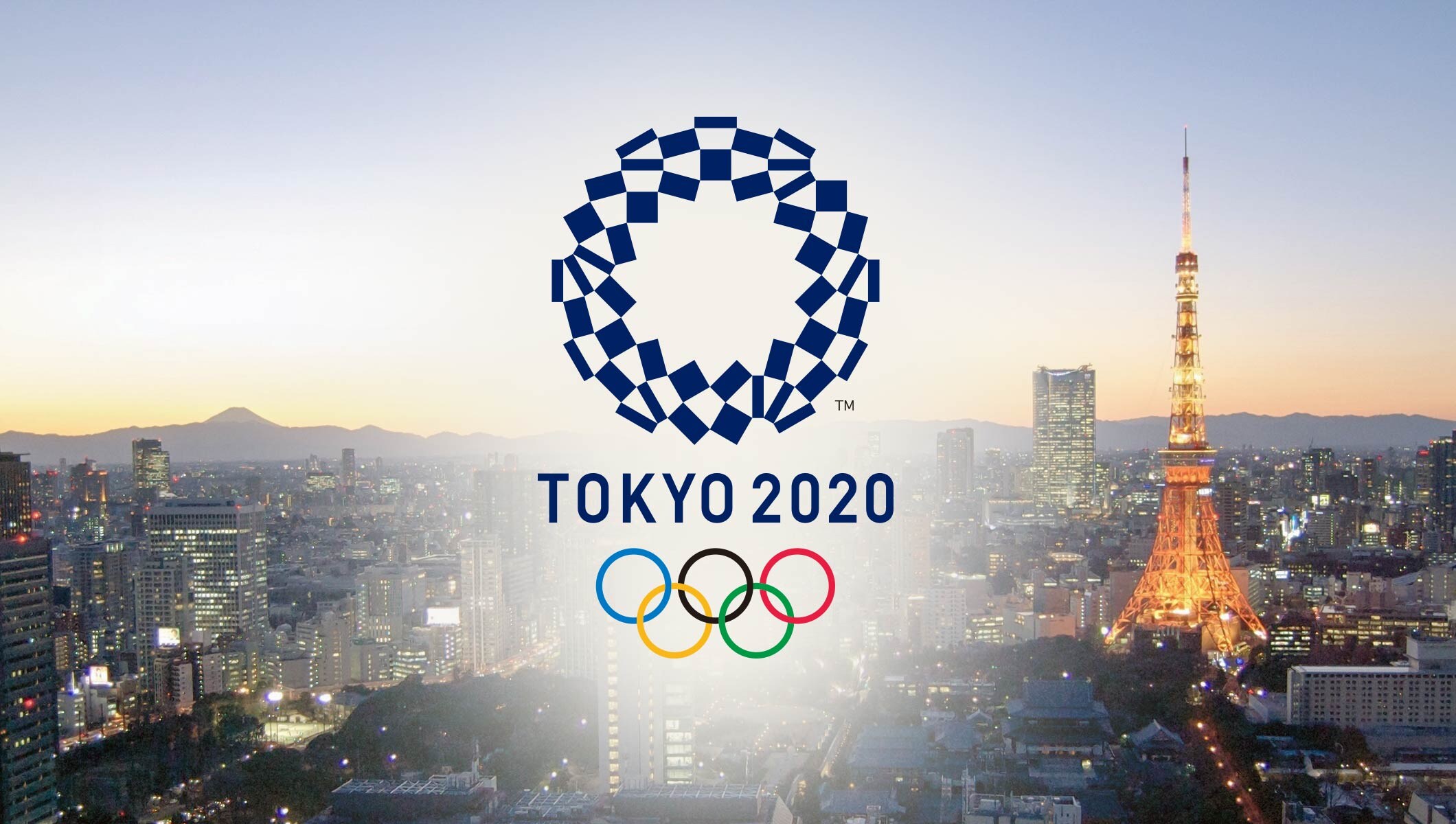Every four years — when there is no pandemic — the outstanding athletes who compete in the Olympic Games wave the flags of their countries. The one in Japan, host of the Tokyo 2020 games, due to its design, is perhaps one of the most distinct, as it does not have bars or stars and only two colors.
It can be assumed that a people with centuries of history would have had such a symbol hundreds of years ago. But Japan has only had an official national flag since 1999 when it was established by the Japanese Parliament.
She is called Hinomaru, which literally means “sun circle”. As Japan is a large island at the western end of the Pacific Ocean, the sun rises over the sea. This is the inspiration for the design of the flag.
It is not clear when the sun circle symbol was first used on flags and banners. Samurai warriors ( bushi ) emerged in the 12th century, and during the struggle for power between the Minamoto and Taira clans, they drew sun circles on folding fans, known as gunsen, states the Japanese Foreign Ministry on its website.
The flag with the red disk on a white background was adopted by the Japanese military, commercial ships, and later officially. But that’s not the only Japanese symbol.
The Other flag
The Rising Sun flag, or Kyokujitsu-ki , its name in Japanese, has a similar red disc, but with 16 rays of the same color coming out of it. It is not official, but its use is widespread in the country.
In fact, the two flags have been used simultaneously for centuries in conflict. In the 19th century, the Rising Sun flag became the symbol of the military and was used during the imperialist expansion of Japan, which occupied Korea and part of China.
But in World War II, it became the navy’s flag, and its reputation changed after Japanese troops occupied much of Asia and committed atrocities.
Between 1946 and 1948, the International Military Tribunal for the Far East—in charge of war crimes trials after World War II—revealed those in Japan, including the Nanjing Massacre, with cases of rape and death of civilians and prisoners in China.
“The terms of the defeat tarnished national symbols, including the flag that most people recognize as the national flag of Japan, the Hinomaru, ” says Alexis Dudden, a professor at the University of Connecticut in the United States and an expert on Japanese history.
Despite this, the Hinomaru became an official insignia just over 20 years ago, and the Rising Sun flag continued to be used by the Army.
“For many, both the so-called rising sun flag and the current national flag of Japan are offensive and do nothing more than remind them of colonialism and the atrocities of Japan in times of war”, analyzes Takashi Yoshida, professor of history of Japan. Western Michigan University, USA, in an article on The Conversation website.

